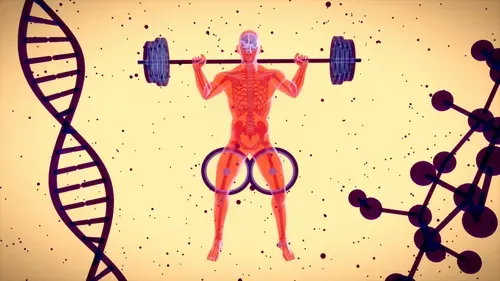RECOVERY
The Crucial Role of Recovery in Exercise

Recovery is a vital, often overlooked component of any successful exercise regimen. While motivation, intensity, and discipline are essential, neglecting recovery can undermine all these positive elements.
The Overtraining Trap
As an exercise enthusiast turned professional, I initially believed that more training equaled better results. However, I learned the hard way that overtraining is counterproductive. Overtraining syndrome (OTS) can negate the benefits of exercise and lead to decreased performance, persistent fatigue, and increased risk of injury 1, 2.
Finding the Right Balance
Hard work is a critical piece of the fitness equation, but once you're working hard enough to stimulate results, you have to pay equal attention to allowing your body (and mind) to recover.
Gradually, I reduced my workout volume and frequency:
- Decreased sets per workout
- Reduced weekly sessions from 5 to 3
- Shortened workout duration to under 30 minutes
This approach led to increased strength, improved muscularity, and higher energy levels, while reducing joint pain 3.
The Science Behind Recovery

Exercise temporarily weakens the body, depleting muscle strength with each repetition. As Hans Selye, the father of stress physiology, noted, the body defers long-term building and repair projects until after the stress response 4. In other words, all the positive adaptations occur not during the workout itself, but in the recovery window that follows. Allowing adequate rest between training sessions is essential.
Optimizing Your Workout Routine
To prevent overtraining and maximize results:
- Keep workouts brief and intense
- Allow adequate rest between sessions
- Focus on thoroughly stimulating the musculoskeletal system
- Limit total exercise sets and frequency
For those new to high-intensity strength training, 2-3 weekly workouts of 6-9 exercises is a good starting point 5. As strength increases, you may need less total exercise and add more recovery time between workouts.
The Importance of Intensity

While reducing volume, it's crucial to maintain intensity. Each exercise should be performed to momentary muscular failure, within the bounds of safety and proper form 6, 7.
Conclusion
Remember, muscles grow during rest, not during exercise. Overtraining is a big reason many fail to achieve their potential. By respecting recovery and training smart, you can optimize your results and avoid exercise burnout.

